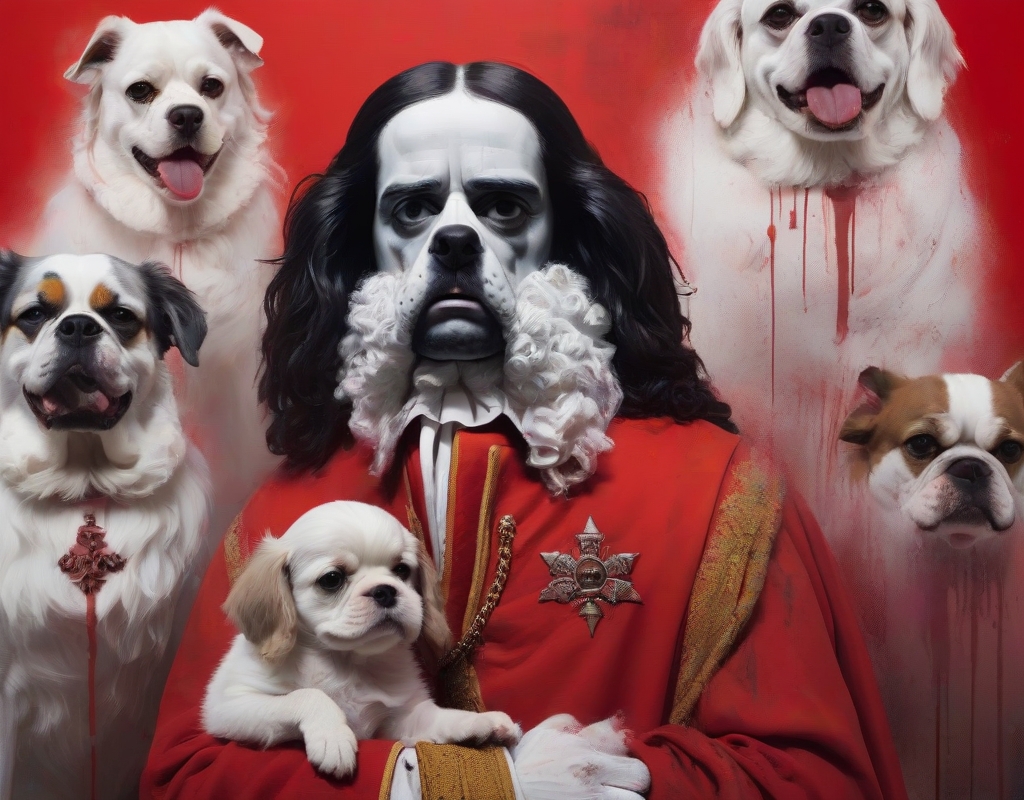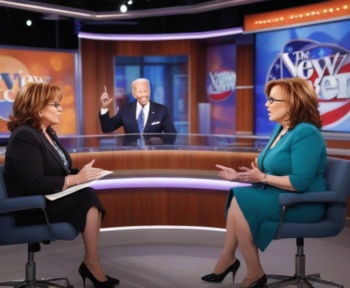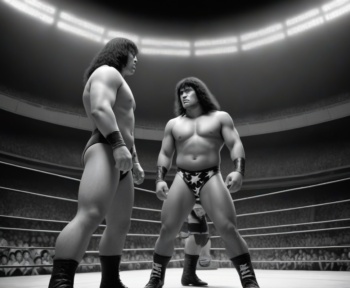A recently defaced portrait of King Charles, set against a striking red backdrop, was vandalized with the spray-painted words “Animal Rights” at an art show in London. The artwork, a creation of Paul Bracegirdle, showcased King Charles alongside his cherished dogs, but the act of vandalism has ignited a mix of controversy and debate regarding the King’s views on animal rights.
The media has extensively covered the incident, leading to various speculations about the motivations behind the act. Some suggest that the vandalism was a critique of King Charles’s historical support for fox hunting, while others view it as a broader protest against animal cruelty.
To date, King Charles has not made any public remarks regarding the defacement, and the artwork has been temporarily withdrawn from the exhibit for investigation purposes. The identity of the vandal remains unknown, and it is still to be determined if any legal action will be pursued against them.
This incident has spurred a broader discussion on the intersection of art and activism, particularly the extent to which vandalism might be seen as a legitimate expression. Opinions are divided; some defend the vandalism as a meaningful form of protest, whereas others condemn it as a harmful and disrespectful act.
Not only has the incident shone a light on the issue of animal rights and advocated for stronger animal protections, but it has also demonstrated the influential role of art in stimulating public dialogue and consideration of significant societal issues.
Questions concerning the security at art exhibitions have also emerged, with conversations revolving around what measures need to be taken to safeguard precious artworks from similar incidents in the future.
In conclusion, while the defacement of King Charles’s portrait has stirred controversy, it has also underscore the role of art in activism and provoked a significant discussion on animal rights, reflecting its dual capacity to create both conflict and engagement within public discourse.




